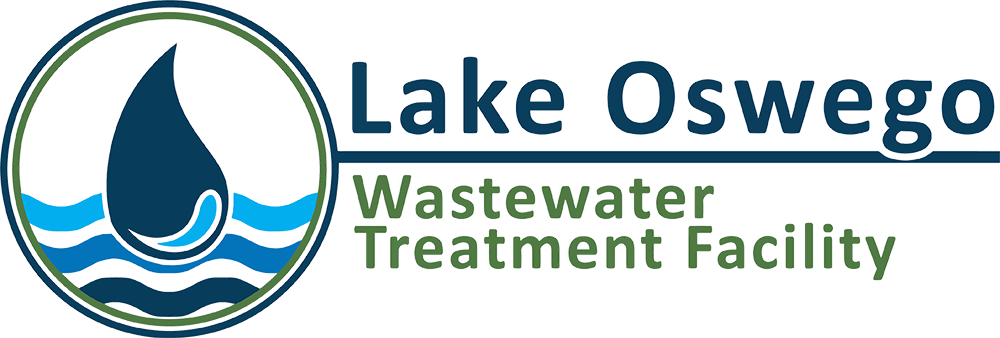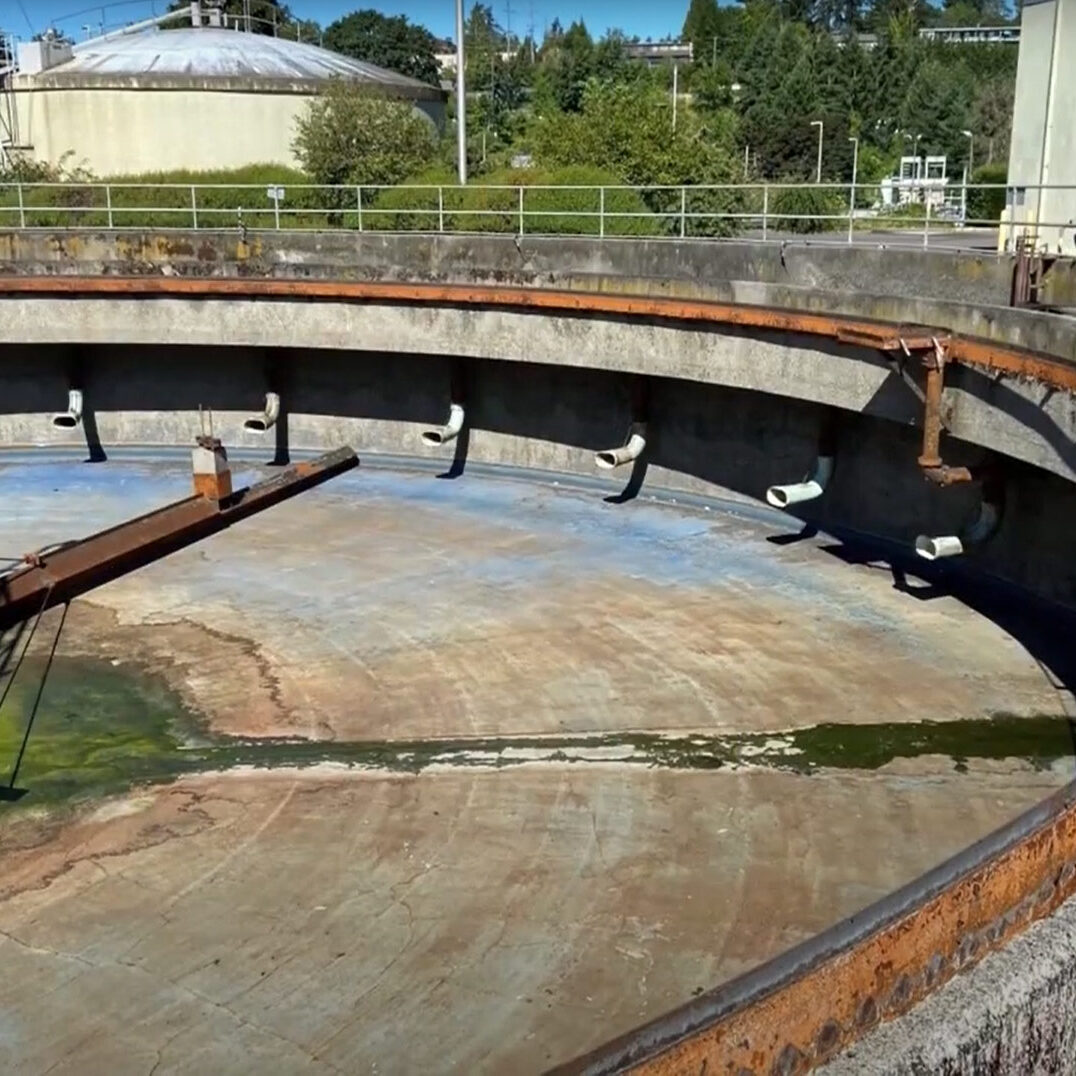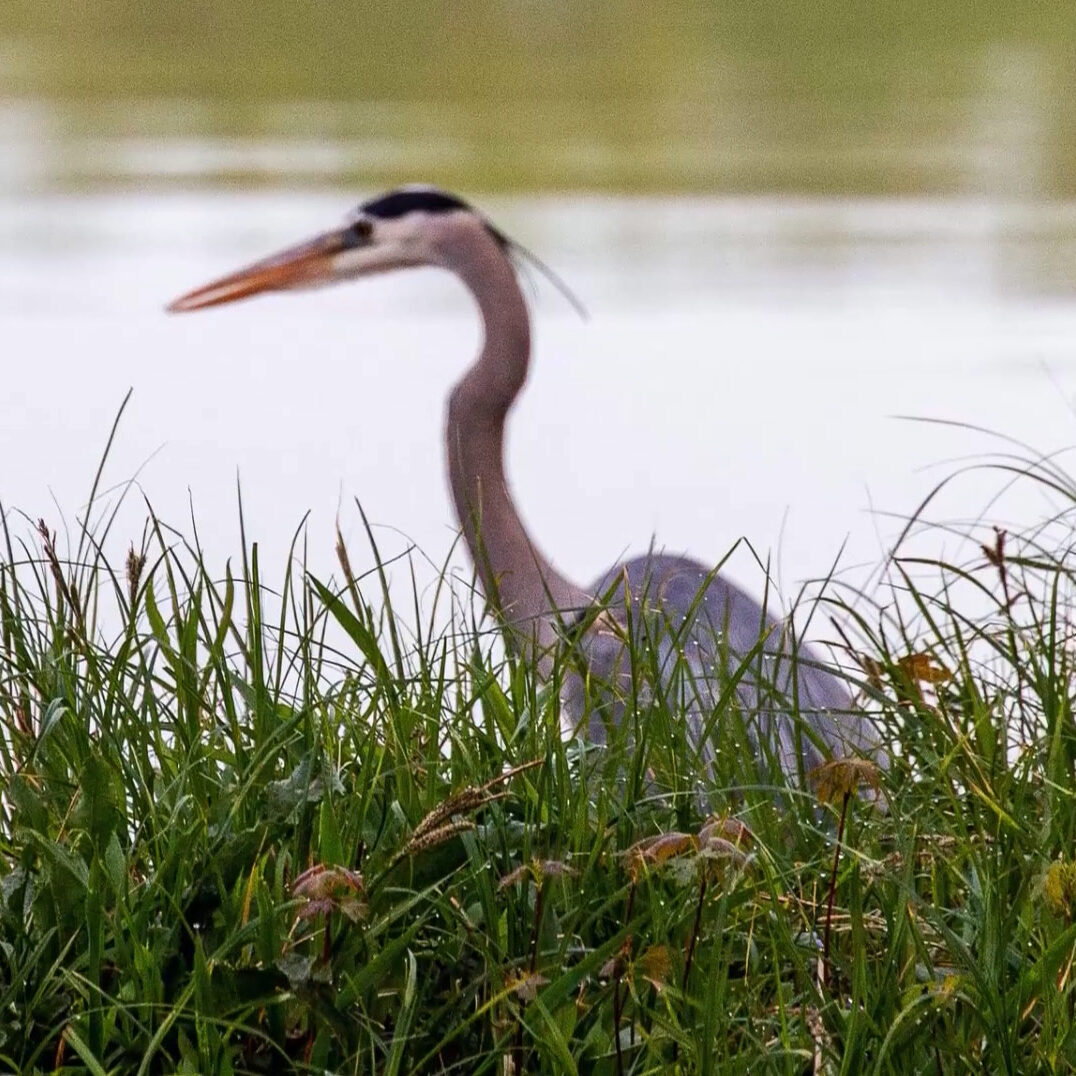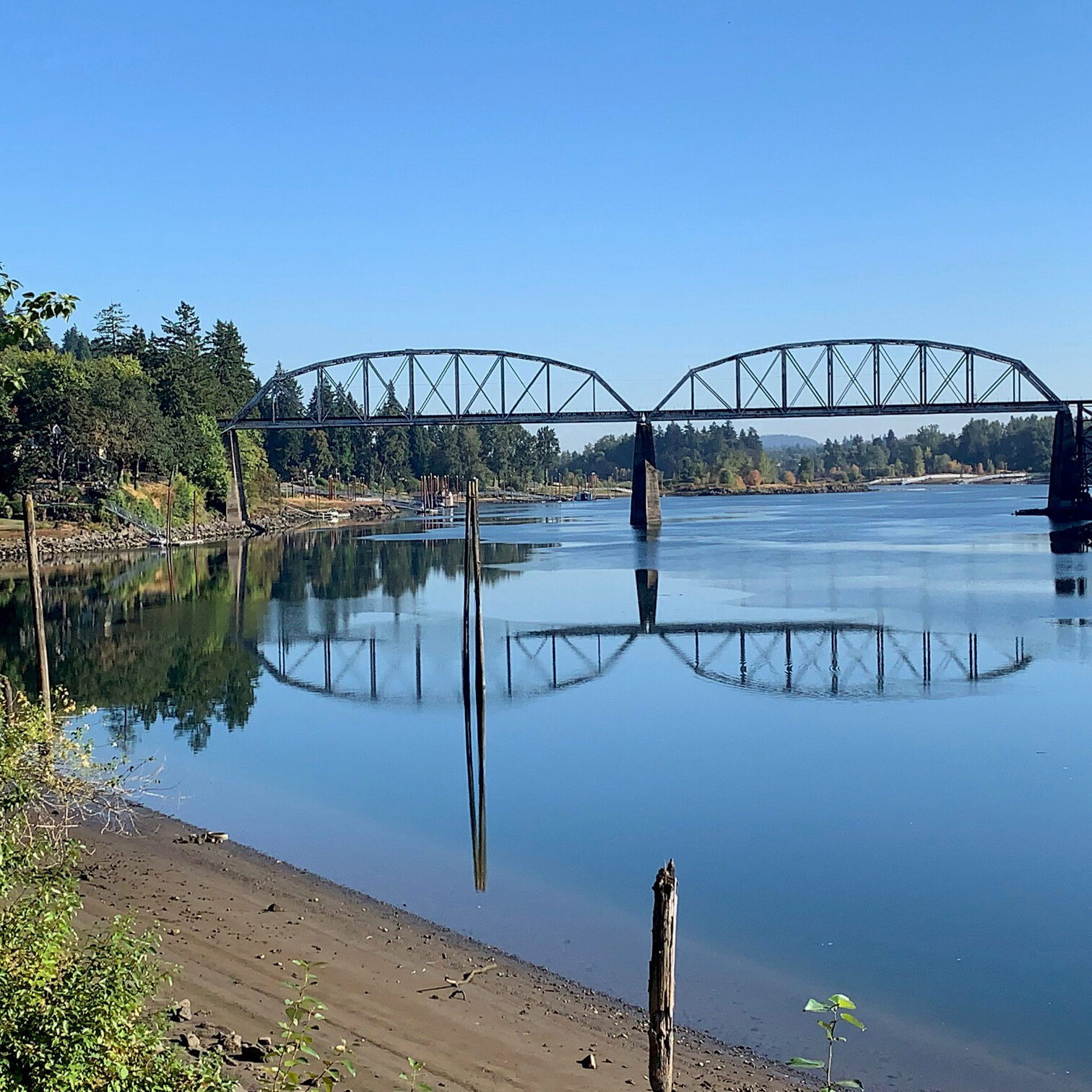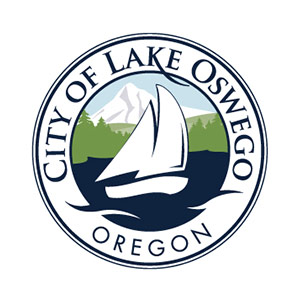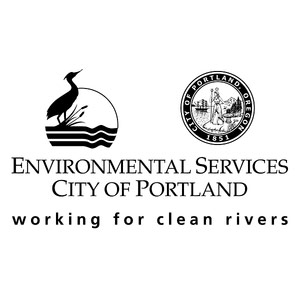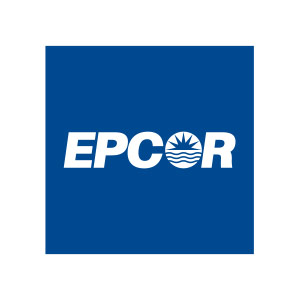Lake Oswego Wastewater Treatment Facility Online Open House
Is Now Closed
This online open house and survey was held November 9 - December 11, 2022. Thank everyone who took the survey and the nearly 500 visitors who viewed the online open house.
Neighborhood-Friendly Design Concept
The design concept for the new facility will improve the neighborhood appeal
compared to the existing Tryon Creek plant.
The proposed site for the new facility is at the far northwest corner of the Foothills District. Architecture and landscaping will harmonize with the neighborhood. Treatment processes will be housed in buildings to control noise and odor.
60 Percent Design Renderings
Check out 60% design concepts for the proposed new wastewater treatment facility.
Click and drag dividers to reveal current conditions and proposed facility improvements.
Please note: these are concepts and subject to change once the plans are finalized and the project has initiated the Development Review process. The images shown are in the area of the accompanying photo but may not be from the exact location.


CURRENT
The current, aging Tryon Creek Wastewater Treatment Plant.
PROPOSED
The proposed seismically resilient wastewater treatment facility, with solar panels for energy efficiency and sustainability.


CURRENT
Foothills Road heading north.
PROPOSED
Modern administration building fits into the Foothills neighborhood.


CURRENT
View of the approximate area for the proposed facility along Foothills Road, looking north.
PROPOSED
Neighborhood-friendly administration building viewed from Foothills Road, looking north.


CURRENT
Existing facilities at the current plant take up considerable space in the neighborhood.
PROPOSED
The new facility will have a smaller, fully enclosed footprint.


CURRENT
Existing plant needs significant upgrades.
PROPOSED
Treatment processes will be enclosed in buildings in the new facility to reduce noise and odor.


CURRENT
Proposed location currently lacks sidewalks, landscaping, and other amenities for the neighborhood.
PROPOSED
The proposed design incorporates sidewalks and landscaping that fit into the Foothills neighborhood and adjacent Foothills Park.


CURRENT
Existing treatment plant and adjacent buildings in the Foothills Area – facing west.
PROPOSED
New proposed facility facing west.
How the AquaNereda Wastewater Treatment Process Works
The new facility will take advantage of innovative AquaNereda treatment technology. AquaNereda is a highly efficient, biological wastewater treatment technology proven throughout the world. Lake Oswego and Portland will be the first cities of our size in Oregon to use the technology.
Benefits
Treatment Process Step-by-Step
Click on the highlighted treatment process steps below to learn more.

PLANT INFLUENT
Wastewater collected from the cities of Lake Oswego and Portland.
1. IPSPLANT INFLUENT
Influent Pump Station receives the raw wastewater and pumps it up to the Headworks.
2. Influent ScreenHEADWORKS
Influent Screen remove debris from wastewater.
2. GritHEADWORKS
Sand-like grit is removed to protect downstream equipment.
3. BlowersSECONDARY TREATMENT
Blowers provide oxygen as part of the process to breakdown the wastewater.
3. Peak StormSECONDARY TREATMENT
Peak Stormwater Flows can be sent directly to the filters.
3. GranularSECONDARY TREATMENT
Aerobic Granular Sludge basins biologically treat wastewater following a sequential reactor-style operation.
3a. LevelANCILLARY BASINS
Water Level Correction Basin is used to lower the water level a few inches after the Fill/Draw stage.
4. Addtl SolidsTERTIARY DISINFECTION, REUSE
Filters remove additional solids and reduce turbidity for a better effluent.
4. UVTERTIARY DISINFECTION, REUSE
Ultraviolet Disinfection destroys bacteria and viruses.
4. ReUse PumpTERTIARY DISINFECTION, REUSE
Reuse Pump Station directs treated water to be used onsite to promote conservation.
5. River DischargeRIVER OUTFALL
Clean water is discharged to the Willamette River.
6. BasinsSOLIDS HANDLING
Basins collect diluted waste activated sludge.
6. SludgeSOLIDS HANDLING
Sludge is pumped through Rotary Drum Thickeners to thicken.
6. Sludge HoldSOLIDS HANDLING
The Thickened Sludge Holding Tanks hold sludge until it can be pumped to a truck.
6. Sludge HaulSOLIDS HANDLING
Thickened Sludge is hauled to the Columbia Wastewater Treatment Plant.
Frequently Asked Questions
At the City of Lake Oswego, we value diversity, equity, and inclusion as essential parts of internal and external policy-making and the delivery of City services. We are committed to making our information accessible to everyone. For accommodations, please contact our ADA Coordinator at 503-635-0282 or email [email protected].
